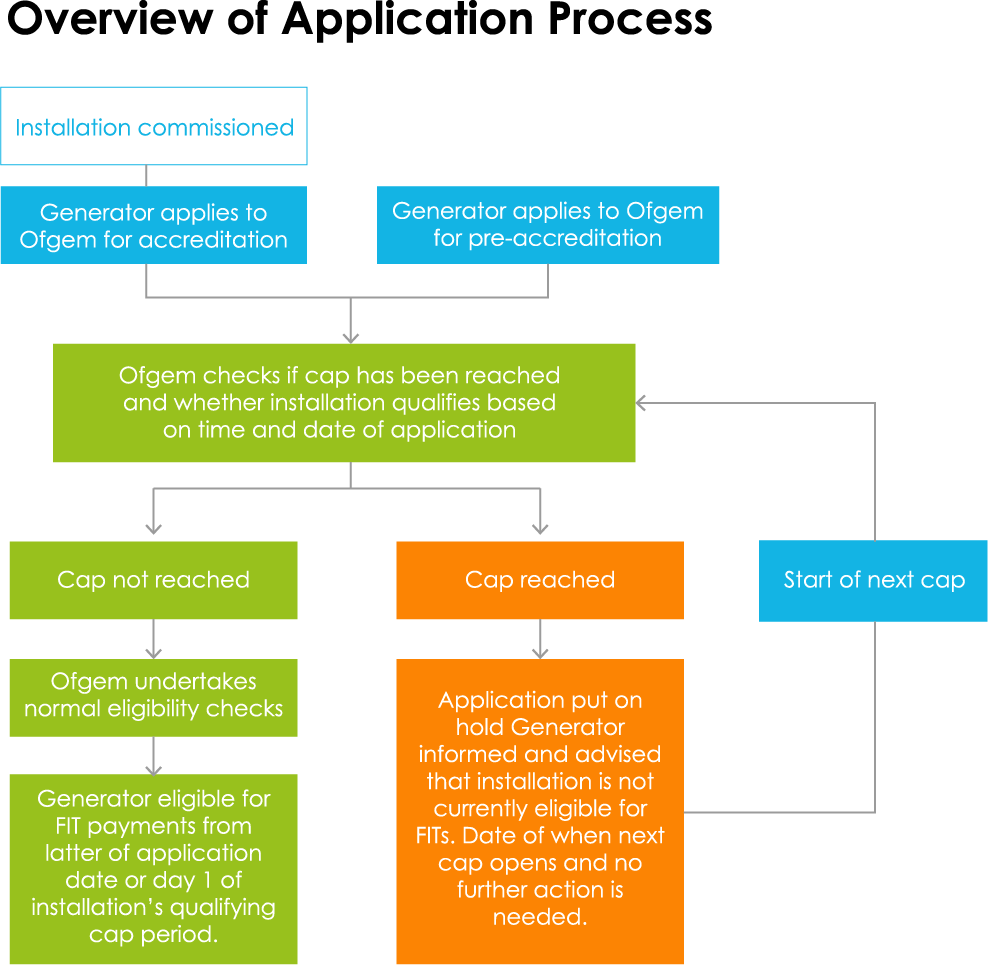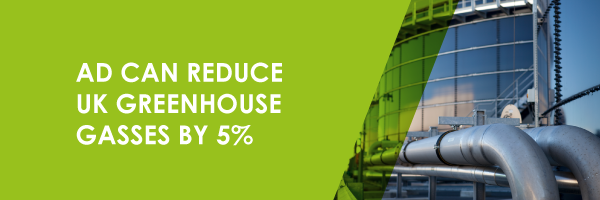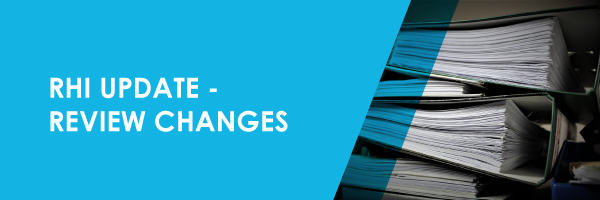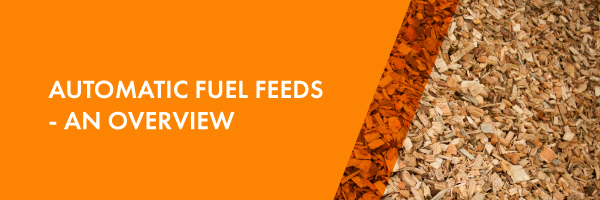Summary of Changes
The Feed-in-Tariff has undergone a review and since September, the DECC has been consulting with businesses in the sector as well as industry groups. Today (17-12-15) the DECC published a document to explain what changes they’re making to the renewable energy incentive in 2016, below is a summary of these changes that affect Anaerobic digestion.
- – The DECC have confirmed that the Feed-in Tariff will remain open to new AD applications in 2016-19, but will no longer support extensions to AD plants
- – Deployment caps will be set to limit new spending on the scheme to £100m up to the end of 2018-19
- – Pre-accreditation will be reintroduced for AD plants
Deployment caps:
The deployment caps will allow a maximum of 5MW of AD capacity per quarter.

If a cap is reached in any quarter, applications will be held in a queue for the next quarter. However, being placed in a queue does not guarantee you support should the DECC change scheme rules.

If the full 5MW capacity is not used in any quarter, it will roll forward to the next quarter (i.e. if only 4 MW of new capacity is accredited in Q2 2016 then 6 MW will be available in Q3.

The exact date and time (to the second) of a cap being hit will be recorded- applications received before that point will be eligible for the tariffs in place at the time – so it’s not about the date your system is accredited, it’s all about the pre-accreditation application date.
The cap is absolute – if 250kW remains in a quarter, then a 500kW plant application will not be accepted for pre-accredition, instead the application will be placed the queue for the next quarter.

Should there be significantly less applications received for a technology in a quarter, capacity will be passed to other technologies.





